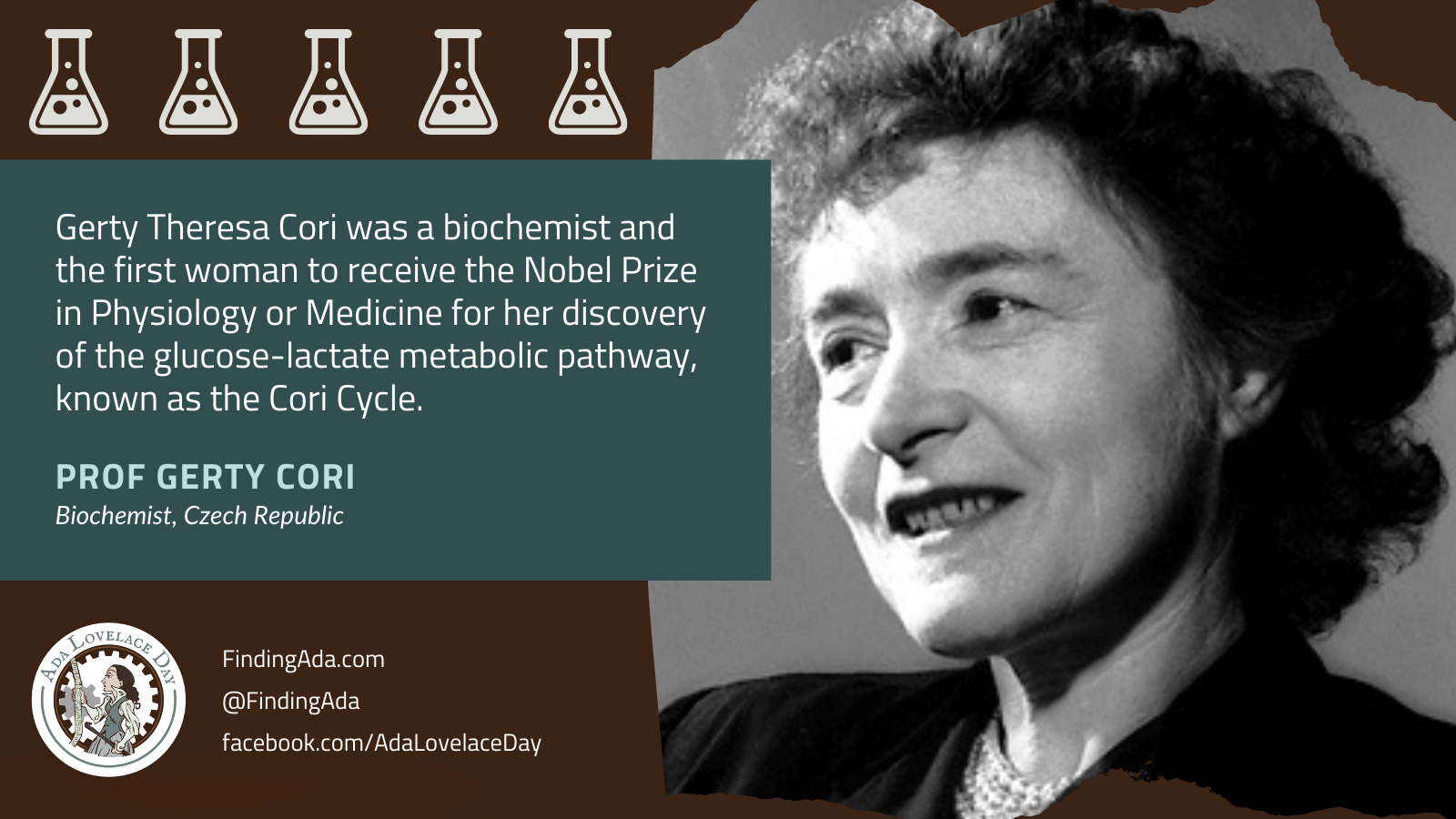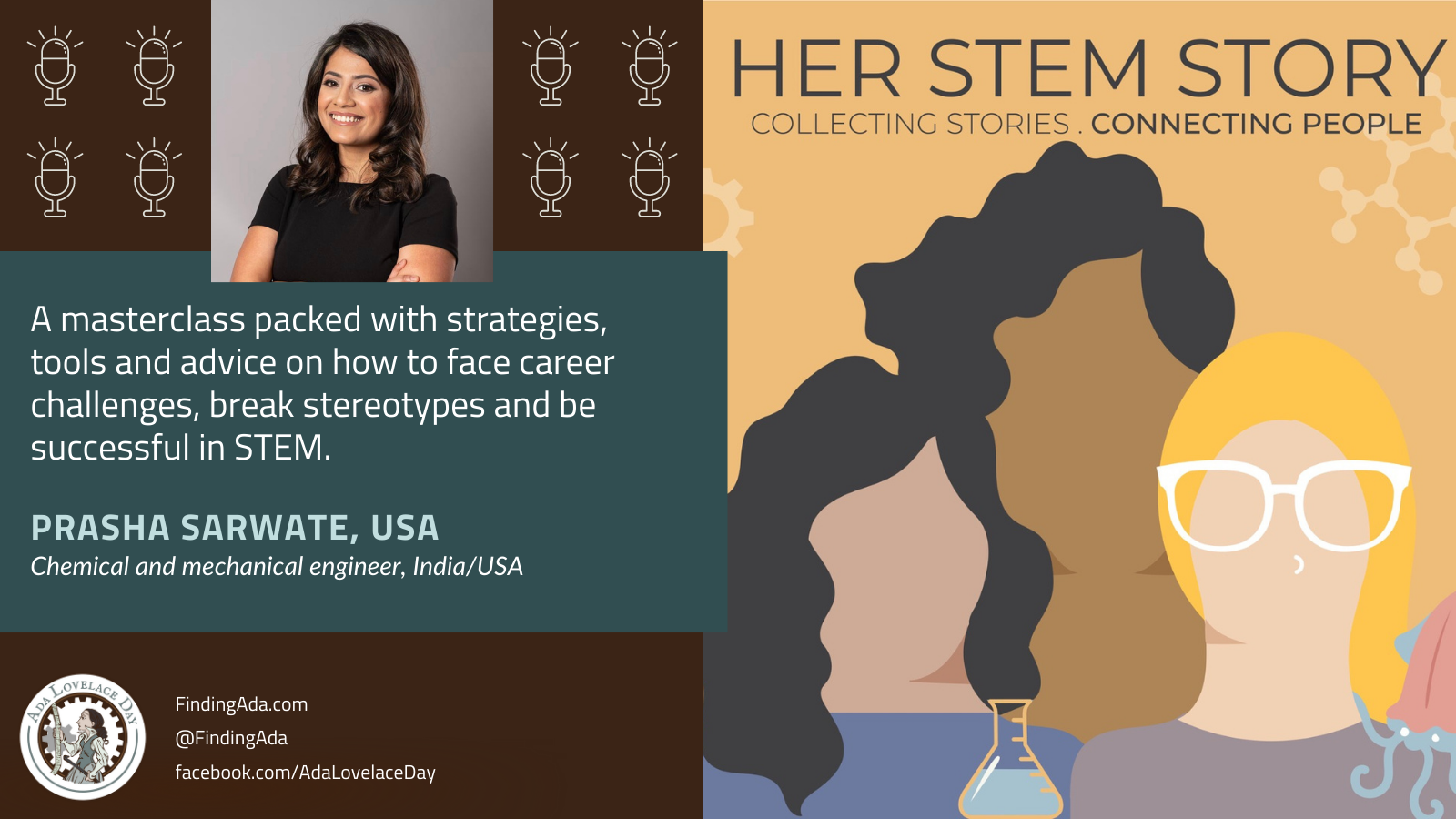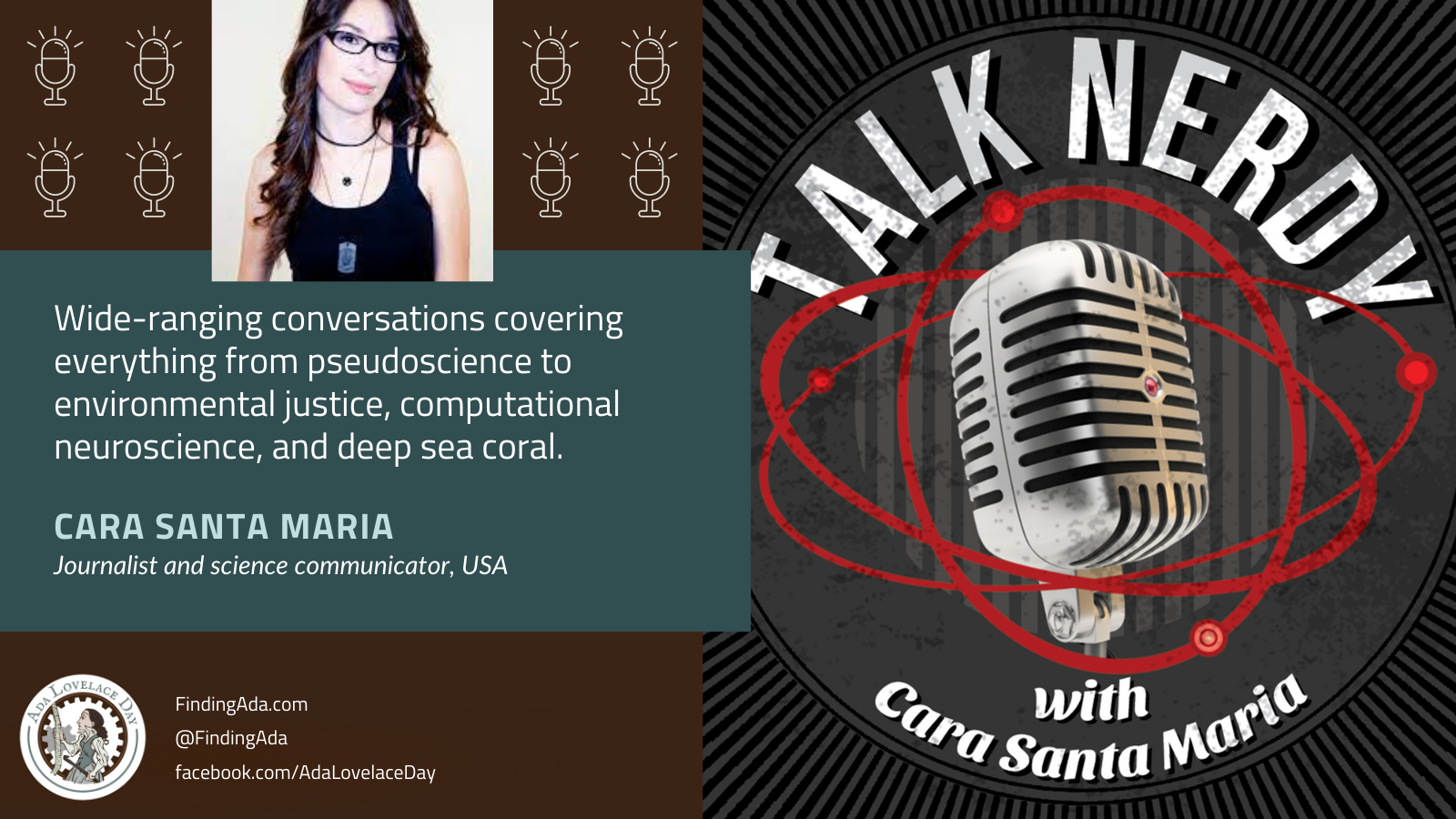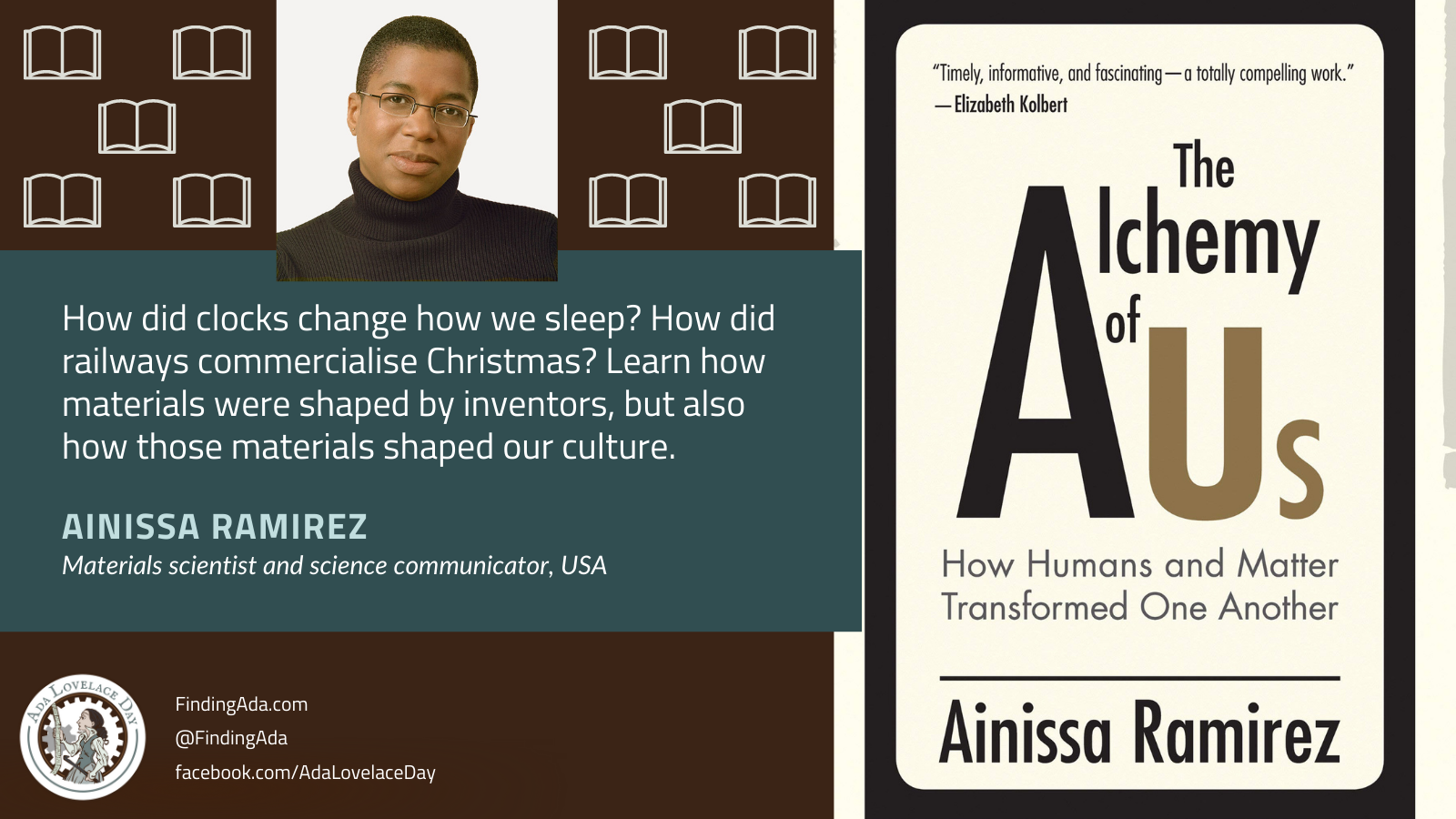
Professor Gerty Cori
Gerty Theresa Cori was a biochemist who in 1941 became the first woman to be awarded the Nobel Prize in Physiology or Medicine, for her co-discovery of the glucose-lactate metabolic pathway, work she carried out with her husband, Carl.
Cori was born in Prague in 1896, now in the Czech Republic but then part of the Austro-Hungarian empire. In 1922, due to the increasing antisemitism in Europe, she and her husband fled to the USA.
In 1929, the pair described how lactate travels from the muscles, is processed by the liver into glucose, and transported back to the muscles to become lactate again, a metabolic pathway now known as the Cori Cycle. It is an important biological process that enables the human body to store energy (although it can also lead to muscle cramps!).
Cori made several other groundbreaking contributions to medical science, such as identifying glucose 1-phosphate (also known as the Cori ester) which enables the breakdown of glycogen, after studying compounds in frog muscles. Her work led to improved treatments for diabetes, and greater understanding of glycogen storage disease, for which she identified four enzymatic defects. During this work she became the first person to show that a defect in an enzyme can cause genetic disease in humans.
Despite her enormous contributions to the field, Cori was unable to get the same recognition as her husband, or to develop a similar career, despite the fact that they collaborated on most of their research. She was frequently paid a fraction of what her husband earnt, and was warned that she was damaging his career. While it took her 13 years longer than her husband, she eventually received the title of professor a matter of months before she was awarded the Nobel Prize.
Aside from her Nobel Prize win, she continued to receive other awards and recognition, such as becoming a Fellow of the American Arts and Sciences in 1953, and being appointed to the board of the National Science Foundation by President Harry S Truman in 1950.
Further reading
- Gerty Cori, Wikipedia
- Gerty Cori, Women Who Changed Science, Nobel Prize
- “Glories of the Human Mind” by Gerty Cori, Dr. Gerty T. Cori, Women In Health Sciences, 1953
- Cori: The Story Behind the Scientist and Supercomputer, Office of Energy Efficiency & Renewable Energy, 30 March 2017
- Biochemist and Nobel Prize Recipient Gerty Radnitz Cori (1896-1957): Glycogen to Glucose, and Back Again, Dale Debakcsy, Women You Should Know, 21 March 2018
- STEMinists: Gerty Cori (podcast), Liz Kaplan and Jenny Kaplan, Encyclopedia Womannica, 9 September 2019
- Meet Gerty Cori, the Nobel-winning biochemist who uncovered how the body stores and consumes sugars, Maggie Chen, Massive Science, 1 June 2021
- The First Woman to Win a Nobel Prize for Medicine Revolutionized Biochemistry, Katherine, A Mighty Girl, 15 August 2021




